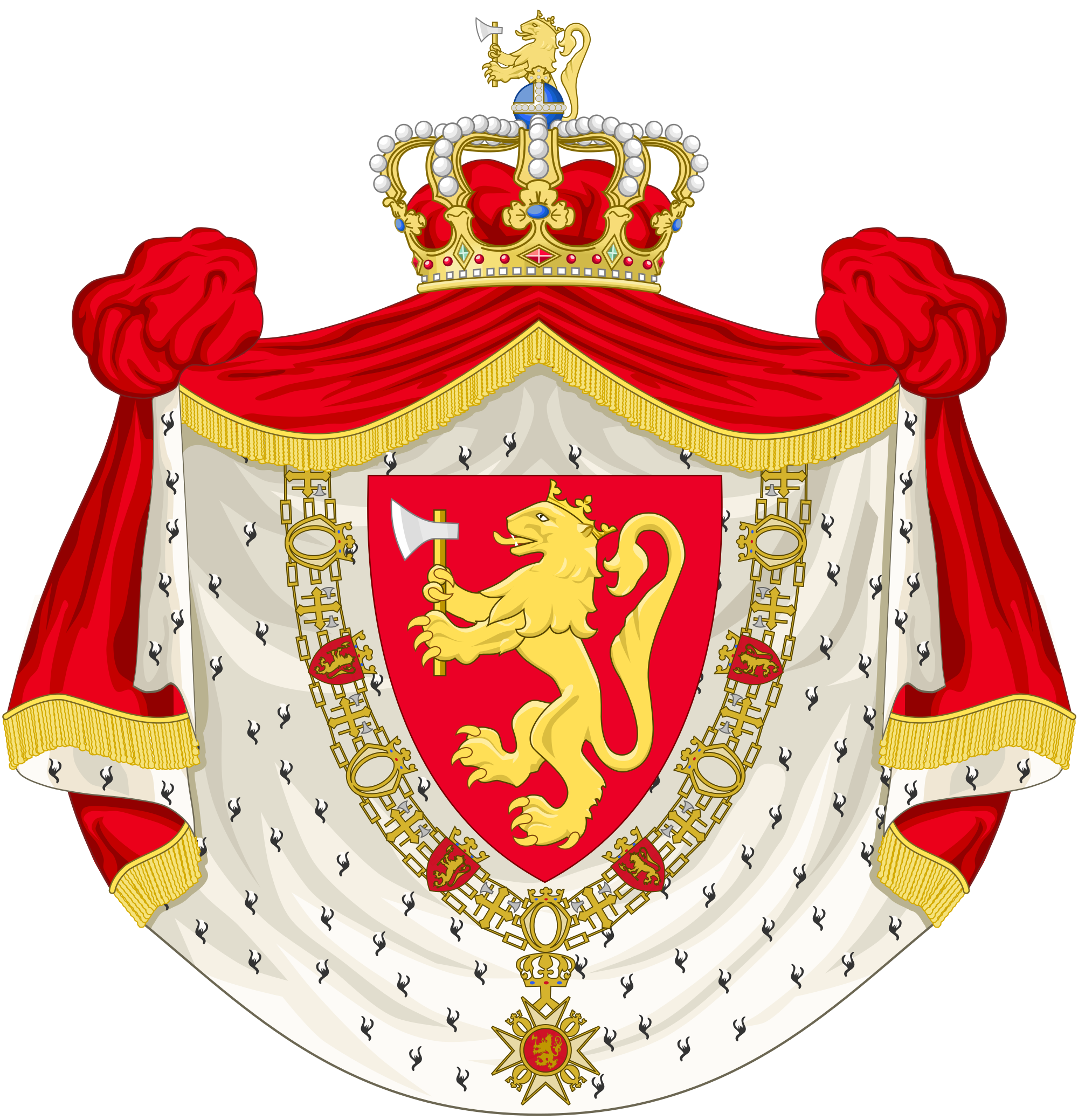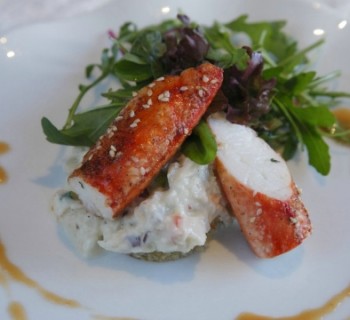Coat of arms of Norway

One of the northernmost countries in Europe, comfortably located on the Scandinavian Peninsula, can rightfully be proud of the centuries-old history of its state symbols. Historians claim that the coat of arms of Norway is one of the oldest in the Old World, the symbols on it and the color palette of exquisite royal colors clearly testify to this..
Reliable protection
The main colors and symbols of the Norwegian coat of arms are determined by the relevant law and royal decree adopted back in 1937. According to the description enshrined in these regulations, adopted at the highest level, a crowned gold-colored lion occupies the center of the coat of arms of Norway. In his front paws, he holds an ax, moreover, the weapon is silver in color, and the handle is gold. The lion is depicted against the background of a scarlet shield - this form of the coat of arms is another prerequisite. In addition, the shield of the Norwegian main symbol of the country is crowned with a crown with a cross and orb.
All changes to the state emblem must go through the approval of the Ministry of Foreign Affairs, with the exception of special cases.
The image of Norway's official symbol also appears on the state seal. It depicts the coat of arms, which is crowned with a crown, and the title and name of the monarch currently ruling the country is written in a circle..
Norwegian stories
Researchers of historical chronicles and documents have come to the conclusion that the lion first took its place on the coat of arms of the kings of Norway at the end of the 12th century. The first who decided to take this formidable animal on his shield were decided by King Haakon Haakonsson, and then the tradition was continued by his heir, King Magnus the Legislator. And already the grandson of Haakon armed the king's lion with a battle ax and crowned with a crown.
A proud, formidable animal of tropical countries, according to the views of the northern peoples, was considered invincible. Its appearance on official emblems and shields thus became a symbol of strength, courage and invincibility. The appearance of the ax was explained by the fact that, firstly, this weapon was a favorite among the Norwegians, and secondly, this is exactly the attribute that the main heavenly patron of Norway, Saint Olav, had..
At one time, the ax changed slightly - it had a lengthened handle, at one time the ax began to resemble a halberd. Then, in 1844, the king, by his decree, returned the military weapon to its former appearance..
Norway, voluntarily or involuntarily entering into various unions, lost its independence and, accordingly, its main symbol. The beginning of the twentieth century brought the country its long-awaited independence. Norway regained the status of a constitutional monarchy.
The new king of the country with the legendary name Haakon VII approved the draft of the new-old coat of arms. Since then, the country's official symbol has undergone only minor changes..


